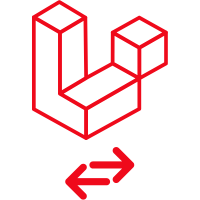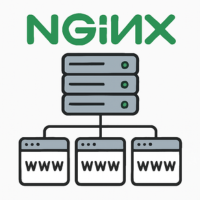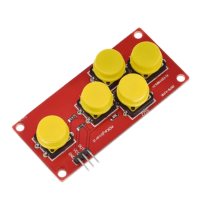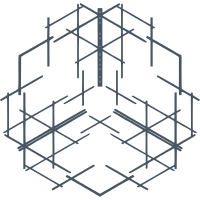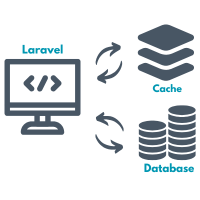Engineering Management I: Building trust and protecting focus

Engineering management is one of those roles that looks simple on paper but feels very different once you're in it. At its core, it's about enabling others rather than measuring yourself only by your own output. You're not just writing code or solving problems directly anymore. Instead, you're creating the right environment for your team to do their best work, keeping them aligned, and helping them grow.
